

— Blogs —
—Products—
 Consumer hotline +8618073152920
Consumer hotline +8618073152920 WhatsApp:+8615367865107
Address:Room 102, District D, Houhu Industrial Park, Yuelu District, Changsha City, Hunan Province, China
Product knowledge
Time:2024-11-17 11:45:59 Popularity:1031
Automatic Weather Station is an integrated weather monitoring equipment, which is capable of all-weather on-site monitoring of a variety of meteorological elements, including atmospheric temperature, relative humidity, wind direction, wind speed, rainfall, barometric pressure, solar radiation, soil temperature, soil moisture, etc. It utilizes high-precision sensors and advanced data processing technology to collect, record and transmit meteorological data in real time for statistical analysis and processing. It utilizes high-precision sensors and advanced data processing technology to collect, record and transmit meteorological data in real time for statistical analysis and processing.
- Meteorological sensors: such as temperature sensors, humidity sensors, wind speed sensors, wind direction sensors, rain gauges, barometers, solar radiation sensors, Visibility Sensor, Snow Depth Sensor, Sunshine Duration Sensor, ultraviolet sensors and so on.
- Environmental monitoring sensors: including gas sensors such as carbon dioxide, oxygen, sulfur dioxide, PM2.5 Sensor, Noise Sensor, PM10 Sensor and other application-specific sensors.
- Microcomputer meteorological data collector: responsible for collecting sensor data with preliminary processing and storage functions.
- Communication module: such as RS485, wireless transmission module for data transmission.
- Display equipment: simple display screen, suitable for portable or campus weather station.
- Riser bracket: used to support the whole weather station, with different heights and materials.
- Protective case: to protect the electronic equipment from bad weather.
- Mounting accessories: such as screws, hoops, brackets, etc., used to fix the equipment.
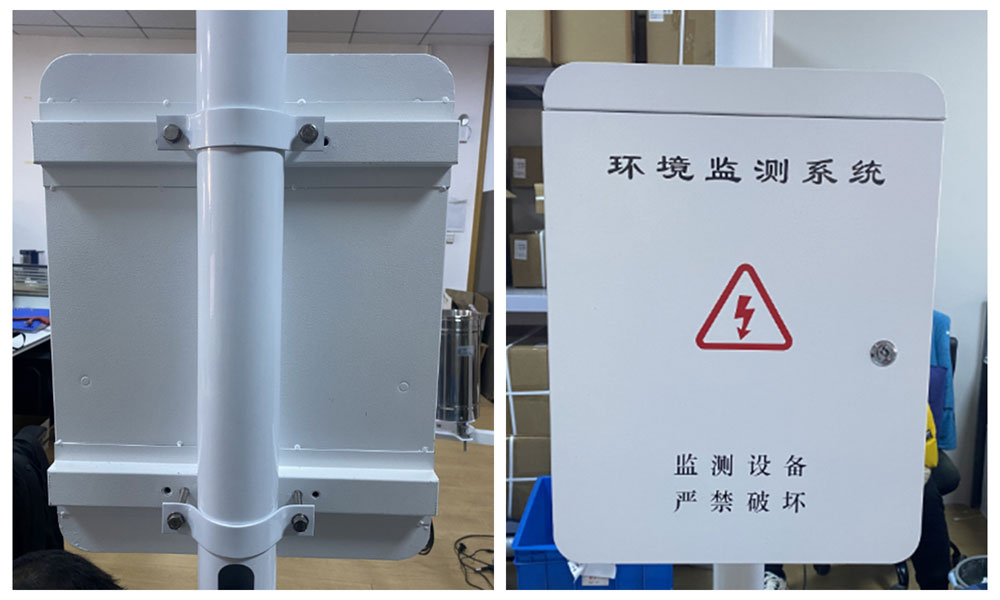
- Solar panels: provide renewable energy for areas without a power grid.
- Batteries: store electricity to ensure power supply at night or on cloudy days.
- Power controller: manages power input and output.
- Data memory: for local data storage.
- Communication port: for data download or real-time transmission to a remote server.
- Anti-radiation ventilation cover: Reduces the effect of direct sunlight on temperature measurement.
- Anti-corrosion treatment: Extend the service life of outdoor equipment.
- Special brackets, customized cables, environmentally adapted equipment, etc.
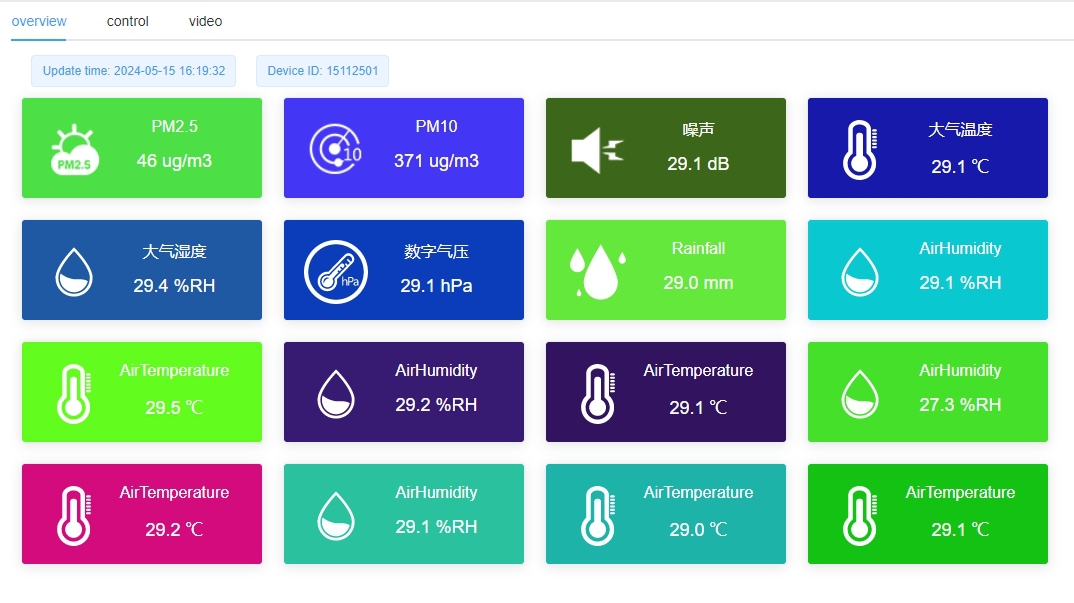
- Data analysis software: for data processing, analysis and visualization.
- Maintenance and calibration tools: to ensure the accuracy and long-term stability of sensors.
The application scenarios of automatic weather station are very wide, including but not limited to:
- Meteorological research: Providing meteorological data to support weather forecasting, climate change research and analysis of extreme weather events.
- Environmental monitoring: monitoring environmental conditions, assessing the impact of meteorological factors on the environment, and supporting air quality monitoring and environmental protection.
- Agricultural management: helping farmers optimize irrigation, fertilization and pest control strategies to improve crop yield and quality.
- Urban planning: Providing meteorological data support for urban planning and public facility design, such as optimizing urban greening, adjusting traffic flow and planning building layout.
1. Check the accessories: Make sure all the accessories are complete, including sensors, weather station mainframe, solar panels, rechargeable batteries, brackets, shells, lightning rods and so on.
2. Choose the installation location: Choose an open and unobstructed location to ensure that the sensor can be fully exposed to the natural environment. At the same time, consider the safety and stability of the weather station, and avoid installing it in a place susceptible to wind and rain erosion or human damage.
3. Prepare tools: Prepare tools such as screwdrivers, wrenches, electric drills, insulating tapes, and so on.
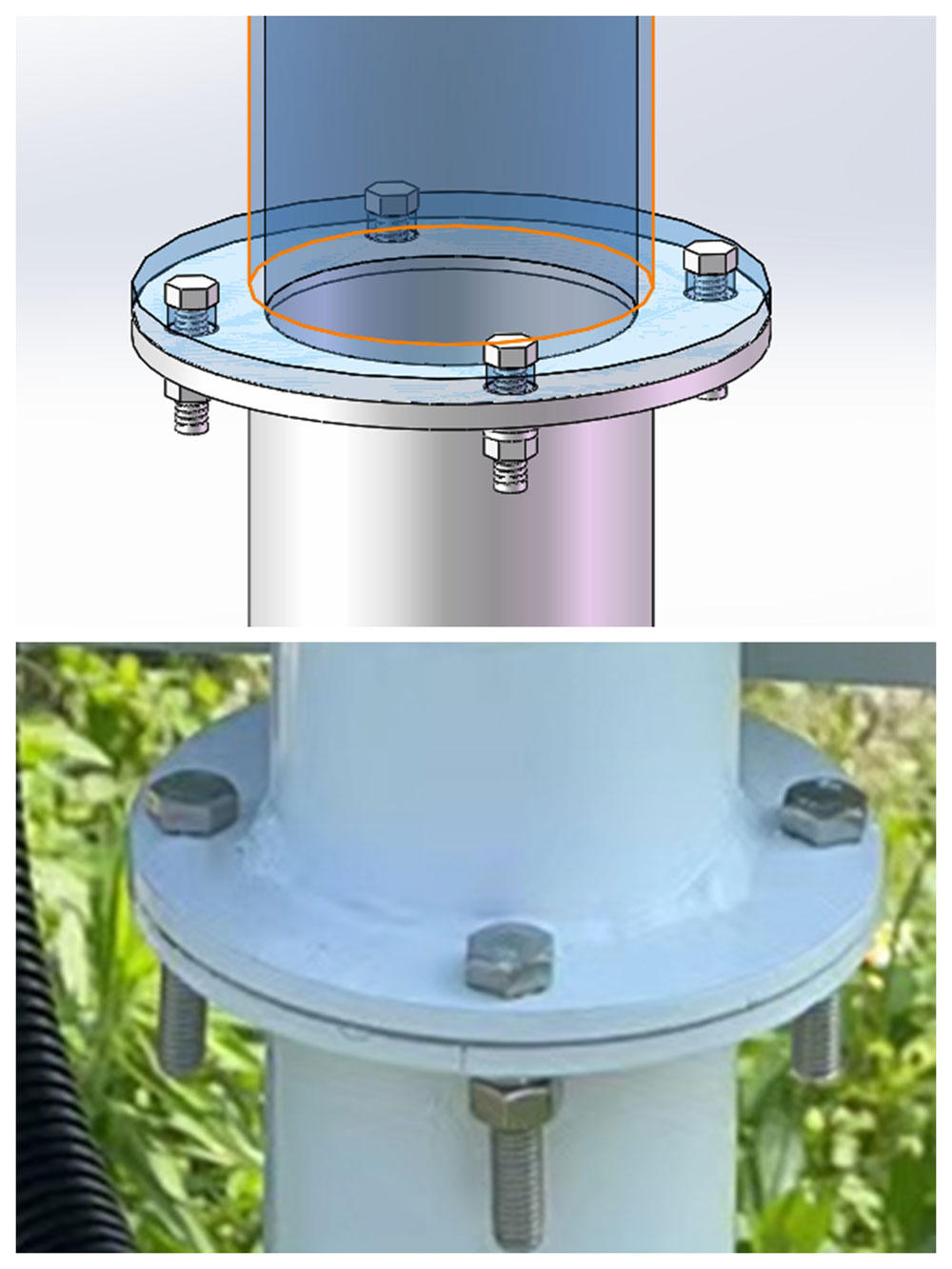
- Assemble and fix the bracket according to the actual situation of the installation site. Make sure that the bracket is stable and reliable and will not move or tilt due to wind or other factors.
- If necessary, install a ground cage on the bracket to increase stability.

- Depending on the type and specifications of the sensor, secure it to the bracket or to the appropriate mounting location.
- Ensure that the aerial plugs of the sensors are facing the correct direction to avoid incorrect connections.
- For soil sensors, they need to be inserted into the soil to ensure that the insertion depth meets the requirements.
- Fix the weather station mainframe on the bracket or the designated mounting position.
- Connect the data cable between the sensor and the weather station main unit to ensure a solid and reliable connection.
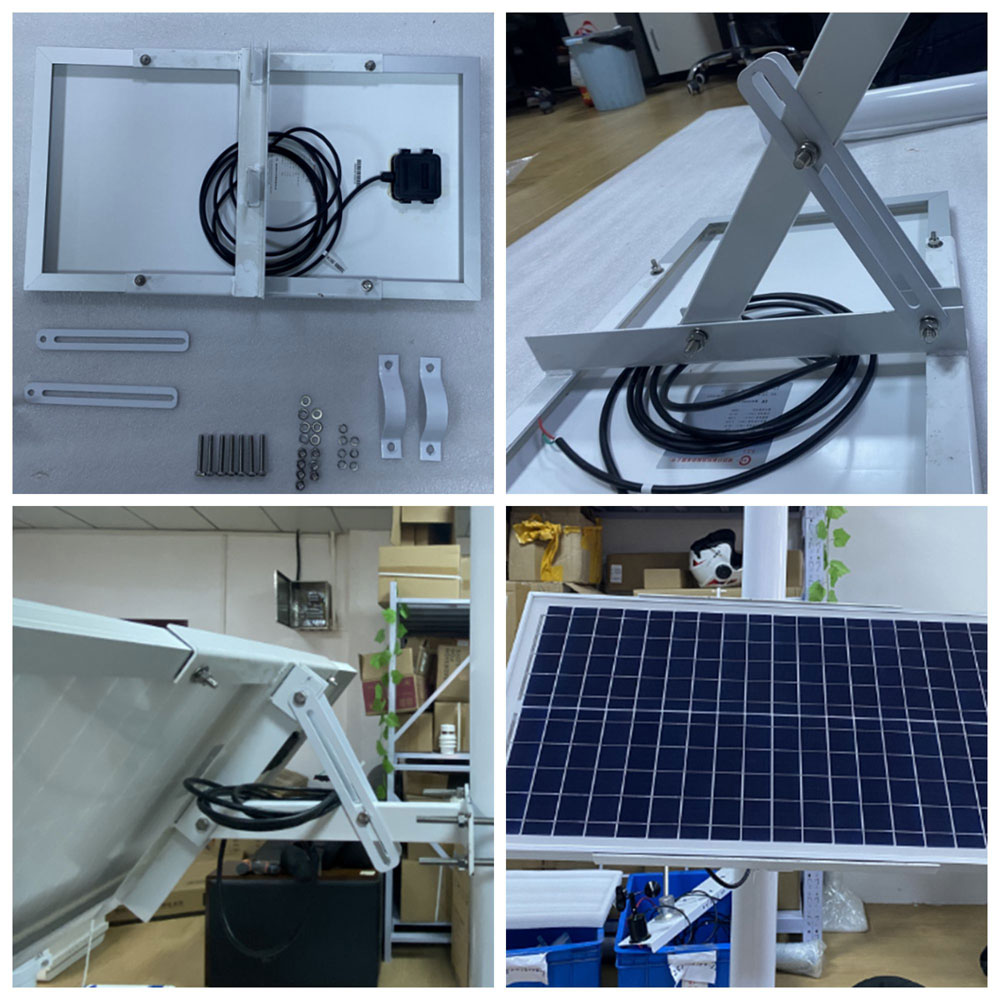
- Fix the solar panel on the bracket or the designated mounting position, make sure the panel faces south and the height of the lower edge is not less than 1.7 meters.
- Connect the power cable between the solar panel and the main unit of the weather station to ensure proper connection.
- Install the rechargeable battery and connect it to the weather station main unit.
- Put all the equipment of the weather station into the enclosure and make sure that the enclosure is well sealed to prevent rainwater, etc. from entering.
- If the enclosure has ventilation holes, make sure that the ventilation holes are unobstructed to ensure that the equipment dissipates heat.
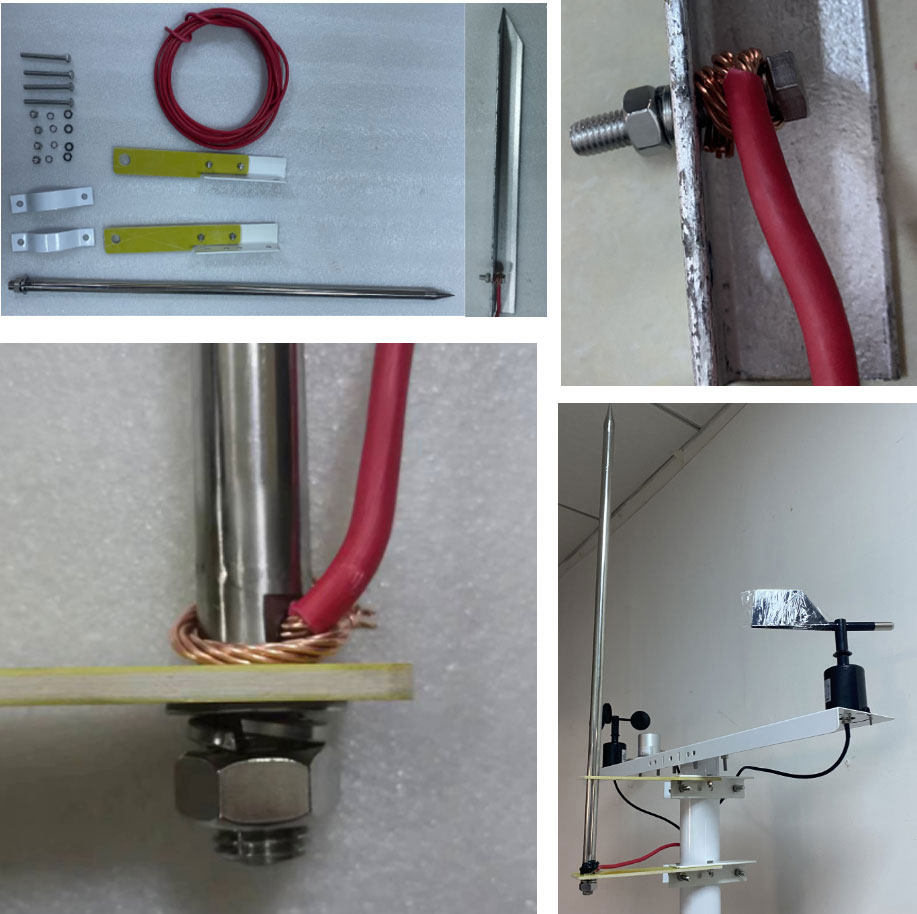
- Install a lightning rod at the highest point of the weather station or at a designated location, and make sure it is well connected to the ground to prevent lightning damage to the weather station equipment.
- If the weather station needs external power supply, make sure the connection is stable.
- Connect the communication lines between the weather station and the monitoring platform to ensure smooth data transmission.
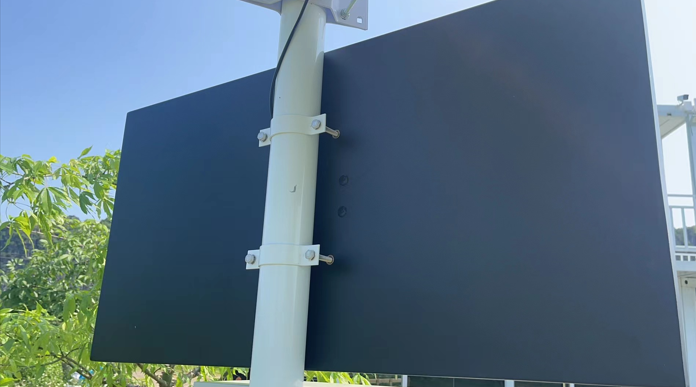
1. Power on test: After completing the installation, turn on the power and check whether the values of the sensors of the weather station are displayed normally.
2. Calibrate the sensors: according to the manuals of the sensors and equipment, calibrate the sensors of temperature, humidity, wind speed, wind direction, etc. to ensure the data are accurate and reliable.
1. Safety first: pay attention to personal safety during installation to avoid electric shock, falling from height and other dangers.
2. Follow the specification: Strictly follow the installation specification of the weather station and sensors to avoid installation errors leading to equipment damage or inaccurate data.
3. Regular inspection: Regularly inspect and maintain the weather station, including cleaning the surface of the sensor, checking whether the connection line is normal, checking whether the sensor is damaged, etc.
The above steps and precautions can ensure the correct installation and stable operation of the weather station accessories. The specific installation process may vary depending on the weather station model and accessories, so the manuals of the weather station and accessories should be referred to in the actual operation.
Related recommendations
Sensors & Weather Stations Catalog
Agriculture Sensors and Weather Stations Catalog-NiuBoL.pdf
Weather Stations Catalog-NiuBoL.pdf
Related products
 Combined air temperature and relative humidity sensor
Combined air temperature and relative humidity sensor Soil Moisture Temperature sensor for irrigation
Soil Moisture Temperature sensor for irrigation Soil pH sensor RS485 soil Testing instrument soil ph meter for agriculture
Soil pH sensor RS485 soil Testing instrument soil ph meter for agriculture Wind Speed sensor Output Modbus/RS485/Analog/0-5V/4-20mA
Wind Speed sensor Output Modbus/RS485/Analog/0-5V/4-20mA Tipping bucket rain gauge for weather monitoring auto rainfall sensor RS485/Outdoor/stainless steel
Tipping bucket rain gauge for weather monitoring auto rainfall sensor RS485/Outdoor/stainless steel Pyranometer Solar Radiation Sensor 4-20mA/RS485
Pyranometer Solar Radiation Sensor 4-20mA/RS485
Screenshot, WhatsApp to identify the QR code
WhatsApp number:+8615367865107
(Click on WhatsApp to copy and add friends)
